Recent advances in the design of adaptable hydrogels for cell-encapsulation, cell-culture, and cell-transplantation applications are reviewed.
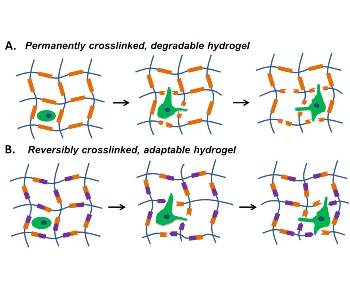

Recent advances in the design of adaptable hydrogels for cell-encapsulation, cell-culture, and cell-transplantation applications are reviewed.
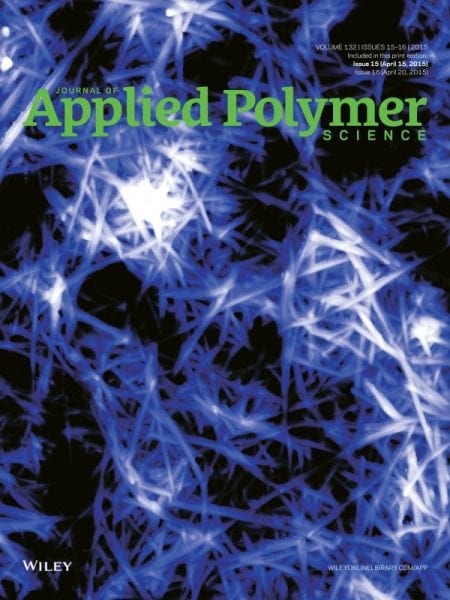
Dr. Mehdi Jorfi and Prof. E. Johan Foster review the applications of nanocellulose in various biomedical applications.
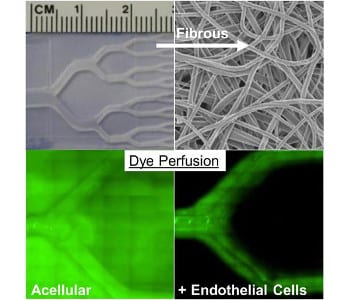
A combination of 3D printing and electrospinning can be used for micropatterning fibrous scaffolds that are suturable, porous, and biodegradable.
Japanese researchers have reported a unique method for structural organization of engineered tissue construct.
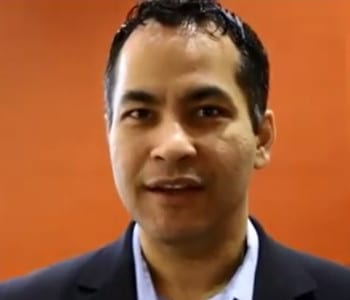
Professor Ali Khademhosseini spoke to us about his research into regenerative medicine at the 2014 ACS National Meeting in San Francisco.
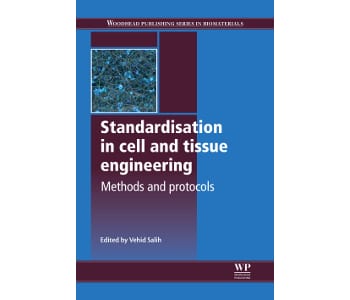
Professor Robert Brown of UCL’s Tissue Repair and Engineering Centre reviews Standardisation in Cell and Tissue Engineering from Elsevier.
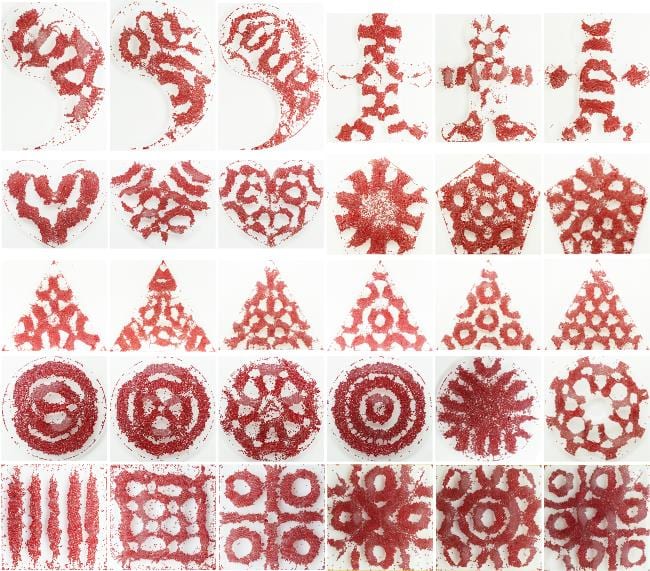
Liquid templates produced by standing (Faraday) waves are used to assemble various soft, rigid, and biological materials in intricate patterns.
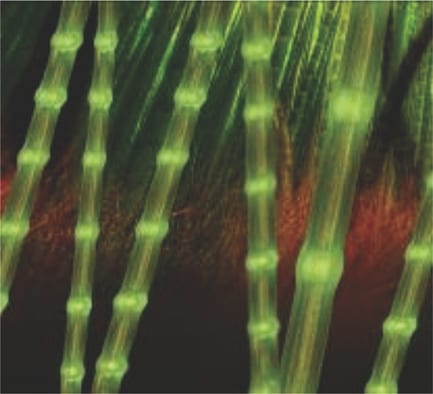
A biomimetic one-step fabrication approach is utilized to generate bamboo-like hybrid fibers at the micro- and nanoscale.
Researchers from the IPF Dresden have developed and applied a nanoindentation method to quantify the stiffness of a sponge-like biohybrid hydrogel material.
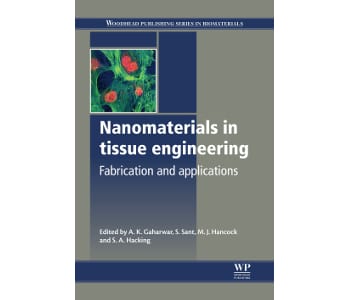
SUNY professor Balaji Sitharaman reviews Nanomaterials in Tissue Engineering.